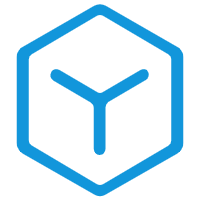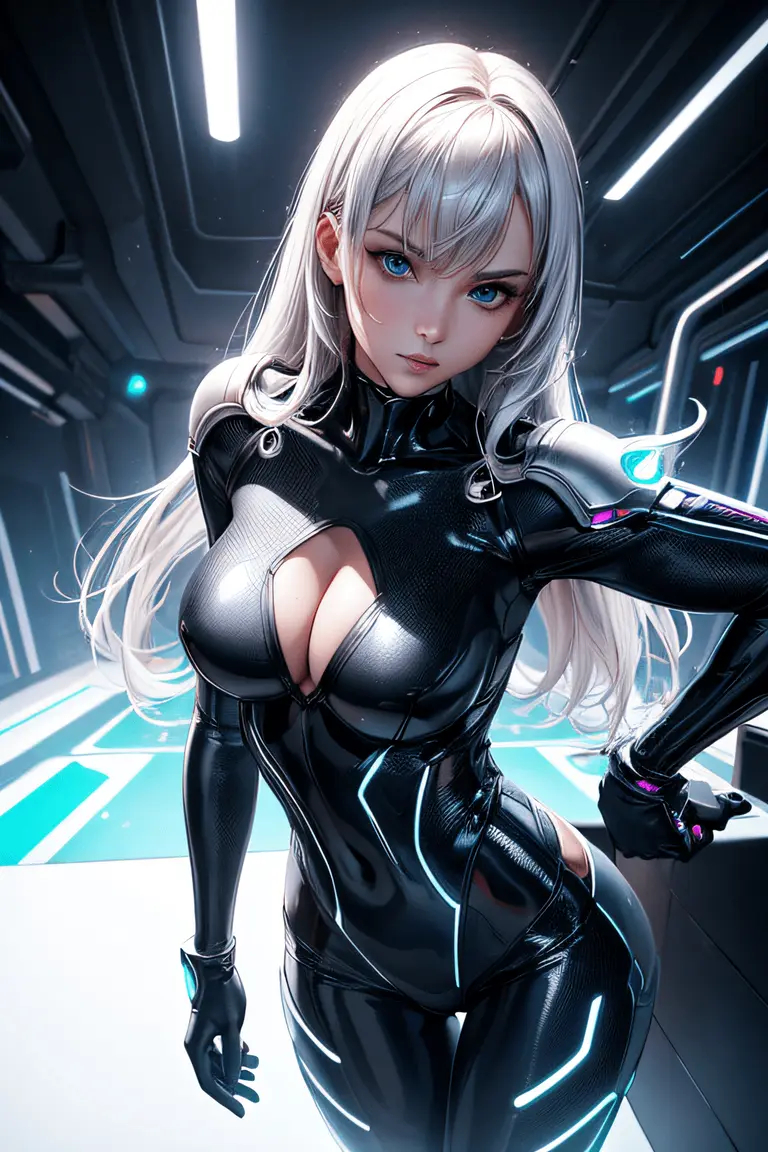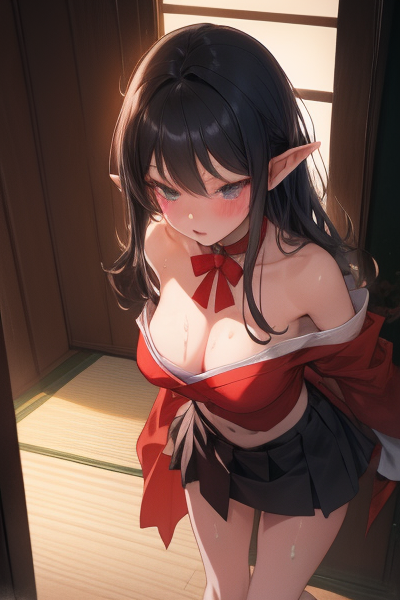AI Character Rigging: Revolutionizing Animation
Character rigging, an essential process in the animation industry, has seen remarkable advancements with the integration of Artificial Intelligence (AI). This blog post delves into the significant impact of AI on character rigging, exploring its benefits, challenges, and future possibilities.
Introduction
In the realm of animation, character rigging involves creating a digital skeleton that enables animators to manipulate and animate characters realistically. Traditionally, this process was labor-intensive and time-consuming. However, with the advent of AI technologies, character rigging has undergone a transformative evolution.
Main Sections
1. AI-Powered Automation
AI algorithms have revolutionized character rigging by automating the rigging process. Through machine learning and neural networks, AI can analyze and understand movement patterns, providing animators with pre-rigged models that save significant time and effort.
2. Enhanced Flexibility and Realism
AI-driven character rigging offers enhanced flexibility and realism in animations. The intricate algorithms can simulate natural movements, facial expressions, and body dynamics, bringing characters to life in a more authentic and dynamic manner.
3. Challenges and Future Prospects
While AI character rigging offers numerous advantages, challenges such as data privacy, ethical considerations, and the need for continuous training and updates exist. However, the future of AI in character rigging looks promising, with advancements in generative models and AI-assisted animation tools on the horizon.
Key Takeaways
- AI character rigging streamlines the animation process and enhances creativity.
- AI algorithms improve realism and efficiency in character animations.
- Challenges in data privacy and ethics require careful consideration in AI integration.
 3.21
3.21 662
662















